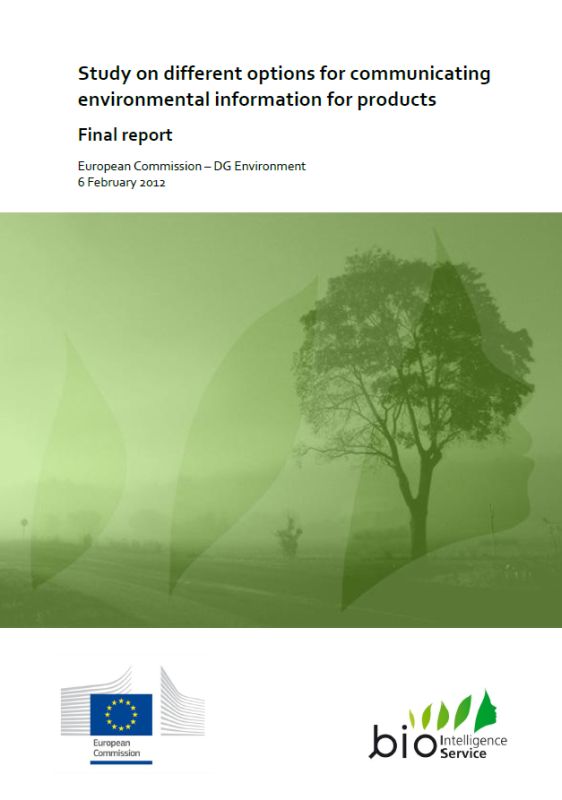Different Options for Communicating Environmental Information for Products
Final Report
- Publication
- Citation
Mudgal, Shailandra; Kurt Muehmel; Mary Ann Kong et al. 2012: Study on different options for communicating environmental information for products. Final report prepared for the European Commission – DG Environment.
Information on the environmental characteristics of products, such as on the amount of greenhouse gas emissions caused during their production or their energy efficiency, are essential in order to allow consumers to make informed choices on which products to buy. This study investigated different design options for product-related environmental information addressed at consumers. The Ecologic Institute contributed, in particular, an analysis of the law of the World Trade Organization (WTO) and the requirements it contains for legal rules on environmental labels. The report is available for download.
The study was carried out against the background of the 2012 of the EU Sustainable Consumption and Production Industrial Policy (SCP/SIP) Action Plan. Providing consumers with comprehensive information on the environmental performance of products is a possible initiative in this context. The aim of this study was to examine different mechanisms and vehicles for communicating product-level environmental information to consumers. The study investigates which type of information consumers will most easily and understand. Different labels were developed and tested with the help of individuals and groups from different countries and specific designs suggested.
However, labeling rules are subject to certain legal rules at the international level, notably to the General Agreement on Tariffs and Trade (GATT) and the Agreement on Technical Barriers to Trade (BTB), both part of the WTO legal order. Christiane Gerstetter, Nils Meyer-Ohlendorf and Malte Preuss of the Ecologic Legal Team have analysed these rules, taking account of recent WTO case law on environmental labels. They conclude that such rules are, in principle, admissible under WTO law, but subject to certain conditions. For example, imported products must not be treated worse as compared to domestic products.
The study [pdf, 1.8 MB, English] as well as the annex [pdf, 2.4 MB, English] are available for download.




